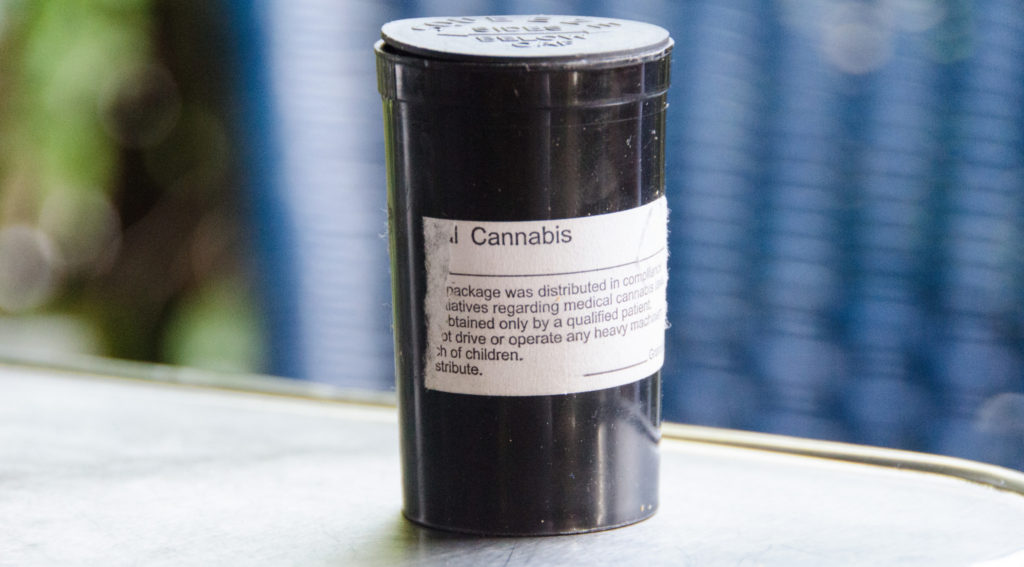Before you run outside to smoke a joint to celebrate the passage of Question 2, there is much more to the legalization of recreational marijuana in Nevada. Ballot Question 2 was only the beginning.
First, Nevada won’t see its first recreational marijuana sales for some time. The first dispensaries intended for recreational marijuana will not open for several more months at least. Reno will start seeing recreational shops appear in the late summer and fall of 2017. Dispensaries looking to sell recreational pot can register for a license to grow and sell only after legalization. The entire process is a long and difficult one that can take several months to a year to complete.
So, can I legally consume marijuana after November 8?
Before you light up, keep a few rules in mind. You cannot legally ingest marijuana in Nevada until January 1, 2017 and you must be 21 or older to partake. Finally, you are only legally allowed to ingest marijuana within your own home or a private property in which you have consent from the owner and everyone present is at least 21. It is still illegal to drive under the influence or ingest pot in a public place.
Let’s talk money. What will happen once the industry gets going?
In late July, Las Vegas-based RCG Economics and the Marijuana Policy Group composed an 88-page report covering the expectations for legalization in Nevada. This Economic and Fiscal Benefits Analysis details the sales, tax, employment, and total economic activity projections for Nevada from the passage of Question 2. The highlights of the analysis are as follows:
- $393 million in annual sales of adult-use marijuana in Nevada in 2018, which will increase to $485 million by 2024;
- More than $1.1 billion in overall economic activity in the state related to the adult-use marijuana market;
- Approximately 3,300 jobs directly in the adult-use marijuana industry and 6,200 jobs supported overall; and
- More than $60 million in excise and sales tax revenue annually, including approximately $20 million per year for Nevada schools.
You read more about economic impact projections here.
It is also necessary to consider the many problems the four states that have legalized recreational marijuana have faced since they voted yes.
For one, banks do not want to do business with dispensaries. Since marijuana is still illegal at the federal level, banks are afraid to take the money from these businesses in fear of violating federal trafficking and money laundering laws. In 2014, the Internal Revenue Advisory Council concluded that practitioners should be cautioned against providing accounting services for dispensaries.
These problems have severely hindered the promises made by the projections. Due to a disconnect between dispensaries, banks, and other monetary services, Colorado has yet to move the revenue from marijuana sales into public schools. Alaska, Washington and Oregon have had similar problems in turning their revenue into concrete solutions for the states’ problems.
Only time will tell how well Nevada is able to handle the legalization of recreational marijuana. For now, we can expect things to be a little quiet until January and for sales to start in mid to late 2017. Once sales start, Nevada’s economy could see a rise in tourism and millions of dollars worth of marijuana-related revenue.
Other useful information:
- Medical marijuana card holders can legally have up to 2.5 ounces in a two-week period.
- Recreational users can have up to one ounce in a two-week period.
- You may not grow marijuana if you live within a 25-mile radius of a dispensary. Card holders may get a permit to grow a strain of cannabis that is not available within that radius.
- Your job can still legally fire you if you test positive for marijuana use. Make sure to speak with your employer before consuming any pot products.
- Question 2 has no effect on medical marijuana card holders. You may still use your card exactly as you did before this passed.

